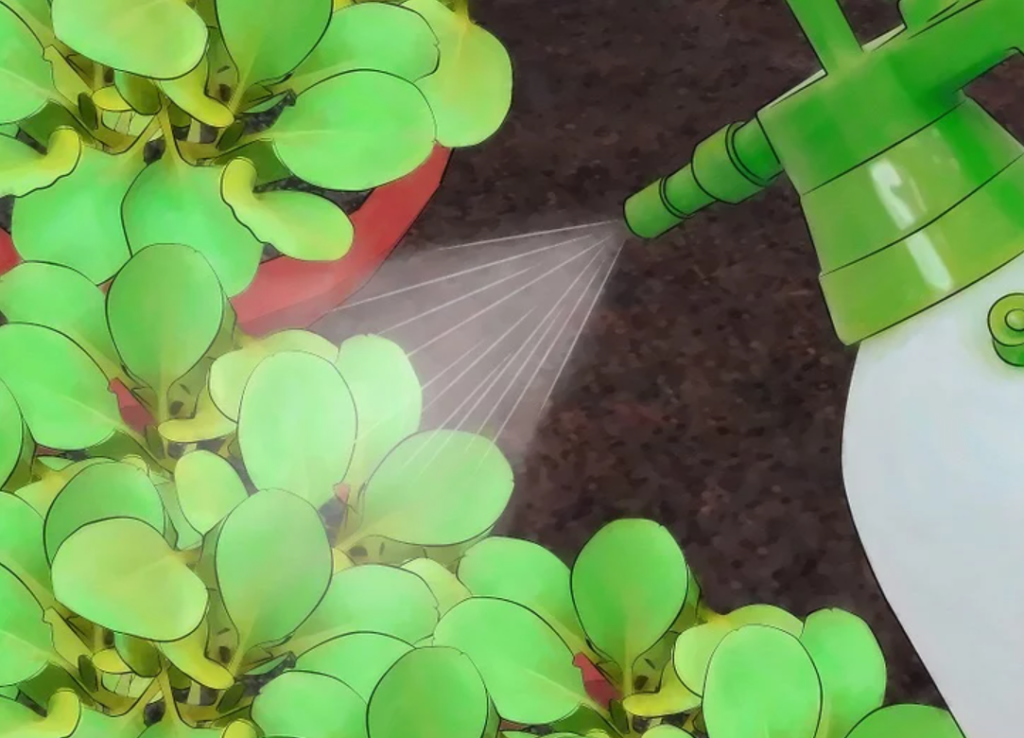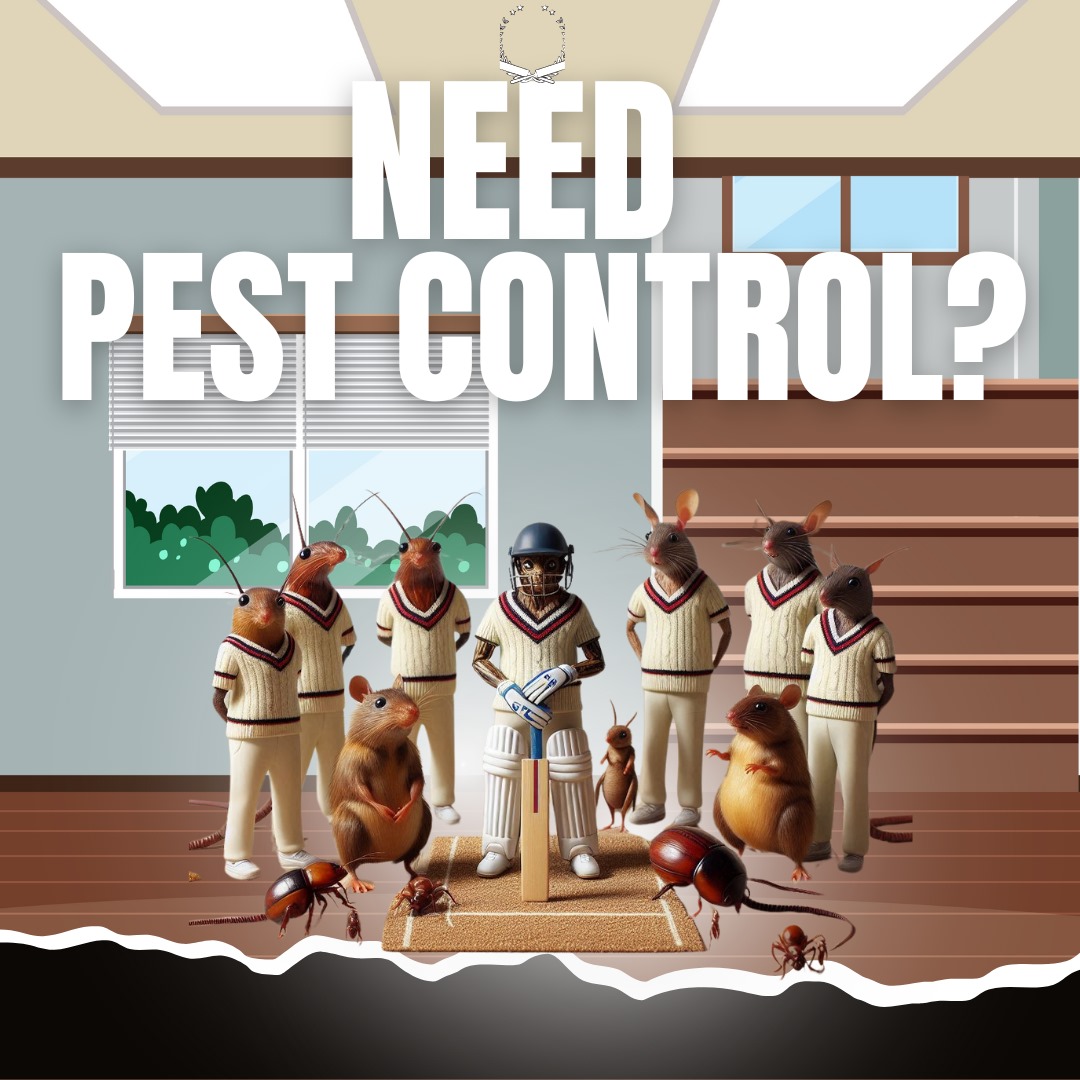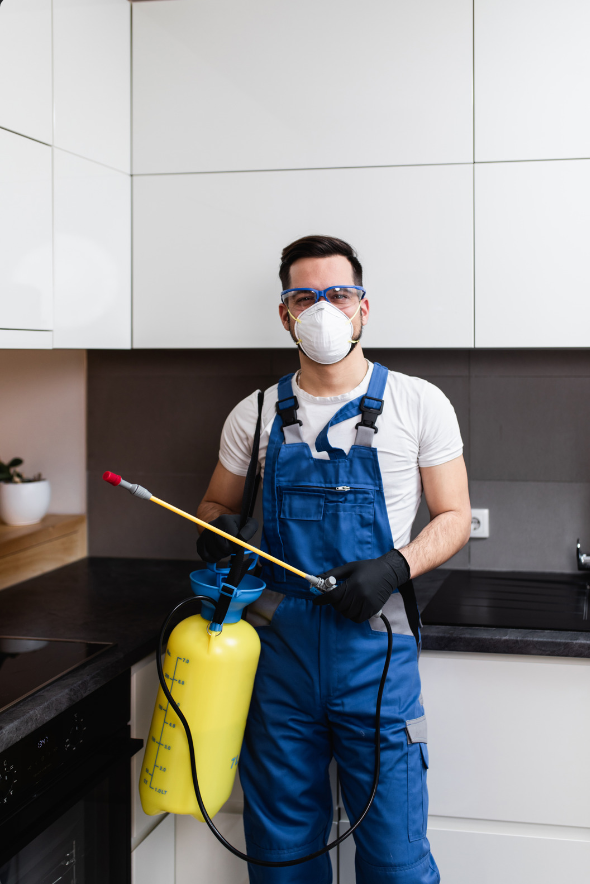
How to Control Pests
Effective pest control is essential for maintaining a healthy and safe living environment. It involves a comprehensive approach that includes prevention, monitoring, and intervention strategies to manage and reduce pest populations. By implementing proper sanitation practices, securing entry points, and using environmentally friendly control methods, individuals can protect their homes and businesses from the damage and health risks associated with pests. Combining these practices with ongoing vigilance ensures a proactive stance in pest management, promoting long-term solutions and minimizing the need for chemical treatments.
Ridding your Home of Pests
1 Identify the pest
While the preventative steps are similar for all types of pests, you want to focus on removing certain types of food (i.e. ripe melon for fruit flies) or cleaning certain areas (vacuuming the carpet for fleas), depending on the pest. If you decide to use a pesticide, you will need to make sure it is suitable for the pest you are trying to kill.
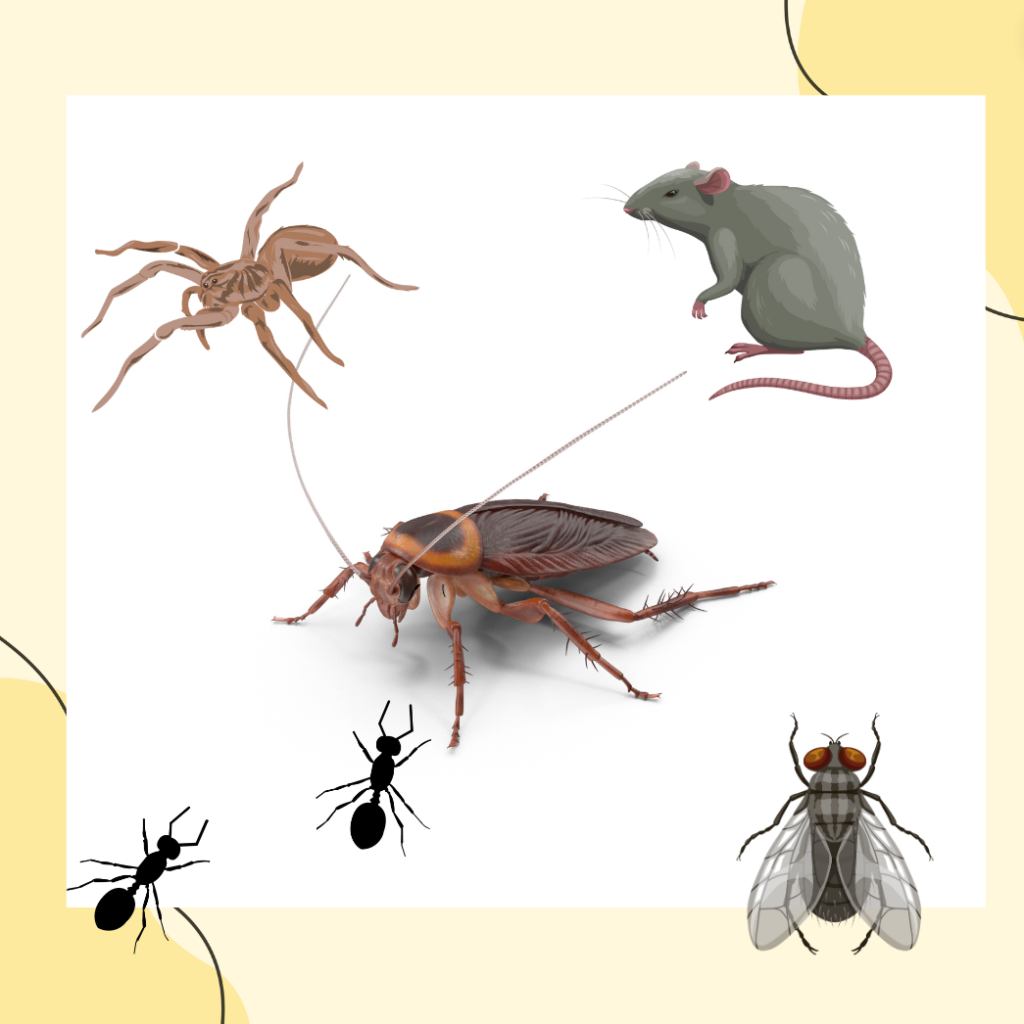
2 Remove standing water
Insects and rodents need water to survive.
- Keep your bathroom and kitchen areas as dry as possible.
- Fix leaking pipes.
- Don’t let water collect in trays under plants.
- Don’t leave your pet’s water out overnight.
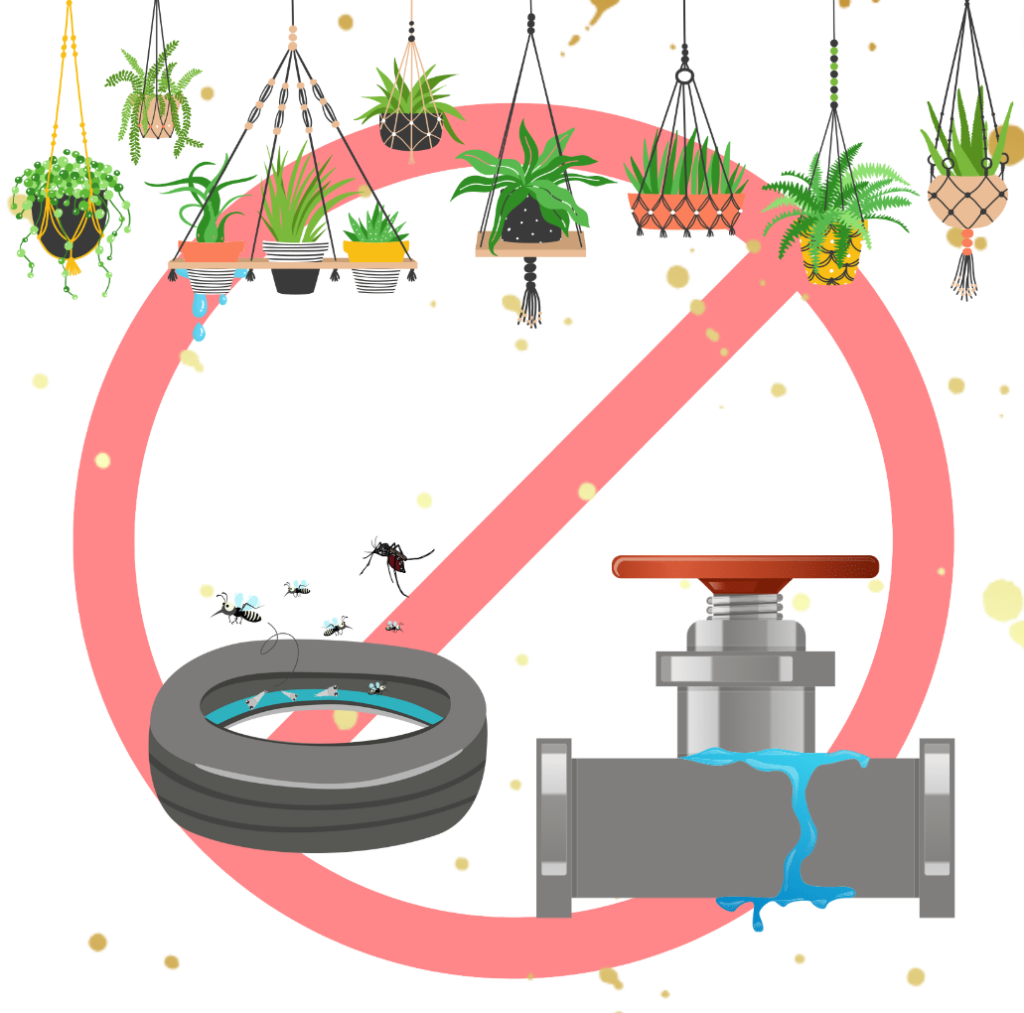
3 Keep your house clean and clutter free
This will remove hiding places for insects, as well as removing their eggs.
- Vacuum regularly. In particular, vacuum the affected areas using a crevice tool. Dispose of the vacuum cleaner bag in a sealed plastic bag, so no pests can escape.
- Comb and wash your pet frequently. If it has fleas, talk to your vet about flea medication.[7]
- Get rid of clutter where pests hide, such as stacks of newspaper, magazines, or cardboard.
- Clean appliances by unplugging them and sweeping them out, vacuuming, then wiping down with a damp rag. Make sure to let the appliance dry completely before reconnecting the appliance to the power source.
- Store clothing and linens in sealed plastic boxes or bags to protect them from moths and to remove homes for mice and rats.

4 use pesticides if necessary to combat pest.
If necessary, use pesticides to combat pests. For edible plants, choose the least toxic pesticide that will be effective. Read the label to ensure you have the correct pesticide and follow the instructions.
Pesticides labeled “broad spectrum” target many pests, while “selective” pesticides target a few. Check the directions for proper use.
Pay attention to the “signal” words indicating the product’s danger level to humans:
- “Danger” means highly toxic or corrosive.
- “Warning” means moderately hazardous.
- “Caution” means least hazardous.
Never dispose of leftover pesticides on the lawn, in the garbage, or down the drain. Contact your public works department for proper disposal methods.
